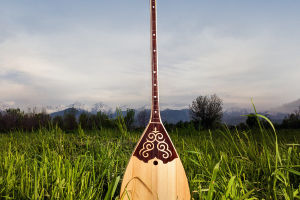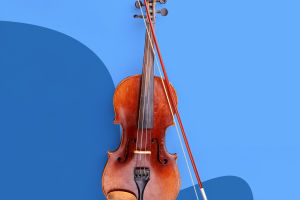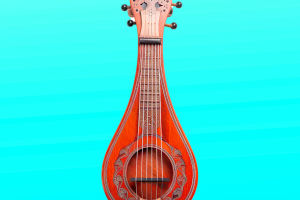The violin, often called the queen of instruments, has captivated audiences for centuries with its rich, expressive tone and versatility. This small yet powerful stringed instrument has played a pivotal role in shaping classical music and continues to inspire musicians and listeners alike.
Origins of Violin
Originating in 16th-century Italy, the violin evolved from earlier bowed instruments.
Its modern form, perfected by legendary luthiers like Stradivari and Guarneri, has remained largely unchanged for over 400 years. The violin's elegant shape is not just aesthetically pleasing but also crucial for its acoustic properties.
The violin has four strings tuned to G, D, A, and E, and is played by either drawing a bow across the strings or plucking them with fingers. It can produce sounds over more than four octaves, from deep, resonant tones to high, soaring notes. This wide range of tones, along with different playing techniques, makes the violin incredibly expressive.
The violin's role in classical music is unparalleled. It forms the backbone of the orchestra, with the first violins often carrying the melody. As a solo instrument, it has inspired countless concertos, sonatas, and virtuosic showpieces that push the boundaries of technical skill and musical expression.
The Challenge: Play the Violin
Learning the violin is a rewarding yet challenging journey. It requires dedication, patience, and consistent practice to master the intricate techniques of bowing, fingering, and producing a beautiful tone. Many start learning as children, but it's never too late to begin. The violin offers a lifetime of musical exploration and growth.
Beyond classical music, the violin has found its place in various genres. It's integral to folk traditions worldwide, from Irish fiddle tunes to Indian classical music. In the 20th century, it made its mark in jazz, rock, and even electronic music, showcasing its adaptability and enduring appeal.
Classical Violin Pieces
For those new to classical violin music, here are three recommended pieces to start your listening journey:
1. Vivaldi's "The Four Seasons" - A set of four violin concertos, each representing a season. Vibrant and programmatic, it's an accessible introduction to baroque violin music.
Vivaldi: Four Seasons/Quattro Stagioni - Janine Jansen - Internationaal Kamermuziek Festival
Video by AVROTROS Klassiek
2. Beethoven's Violin Concerto in D Major - A monumental work that balances lyrical beauty with technical brilliance, showcasing the violin's expressive range.
3. Tchaikovsky's Violin Concerto in D Major - A romantic masterpiece is known for its emotional depth and virtuosic passages, demonstrating the violin's capacity for drama and passion.
These pieces offer a glimpse into the violin's vast repertoire and its ability to convey a wide spectrum of emotions and musical ideas. Whether you're a budding violinist or a curious listener, exploring the world of violin music promises a rich and rewarding experience.


